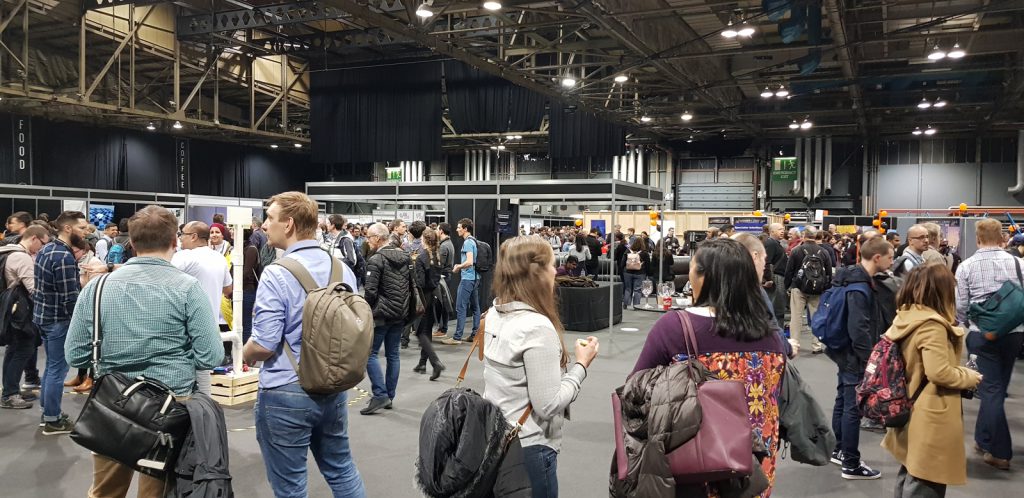The Final Push
During my ongoing literature review I often discover interesting facts about things I’ve never thought about. Sometimes I can connect these facts with my own observations: The result is mostly a completely new idea why things are as they are. Maybe these ideas are new to you, too. Therefore I’ll share my new science based knowledge with you!
This week: This time, I think about the final push towards finishing the PhD thesis.
Finally, after a very long time of hard work, I am in the process of polishing the text of my PhD thesis. In the second half of the month of January 2019, I changed to a cumulative approach, i.e., a thesis that consists of all my papers and a short text describing the theoretical background, the connection between the individual papers, and my overall contribution to my field of research. Since then, I was continuously adding new contents to my thesis to finally reach the status of „content complete“ on March 15th. After reaching this important status, I started to polish the thesis by carefully reading through it, re-writing major parts, and adding further contents to some other sections to eventually compile the final version.
More than two month have passed since I began with this final push. Overall, it is a quite an exhilarating feeling to work on this last big manuscript. I notice a strong motivation to carry on to finally reach the end of the long road to PhD. After having chosen my personal deadline to submit the thesis by the mid of June, the work on it feels like the crazy last week before the end of a deadline for a conference submission. It is all about finding potential issues or inaccuracies that could compromise the thesis and removing them by finding more precise explanations or arguments. It is the time of completely being absorbed by science. A state of flow and strong stress at the same time that results in a very rewarding moment of silence once the deadline is over.
While working on this project is fun, it simultaneously is a very demanding task. It feels like an endless stream of new things that need to be done before I can finally submit it. This stream as well as the fact that I work on the text on the daily basis in addition to my regular work slowly exhausts me. It requires a lot of discipline to ignore the ever growing attractiveness of other activities and to continue working on this thesis. Sometimes, it is just the knowledge about the last final push that motivates me to put some more hours into it.
However, there are also some great moments that cause a very rewarding feeling. For instance, I was super excited as I finally finished the theoretical background section and realized that everything really starts to come together. Additionally, just scrolling through the thesis and seeing all the papers that I crafted during my time as a PhD student is an overwhelming feeling. It shows me how far I have come and that the last final push should be doable if I just keep on working.
In the end, the last sprint to the finish line is a weird situation. It is a time of simultaneously experiencing a strong motivation and an increasing exhaustion at the same time. It is a very special „first time“ experience.


